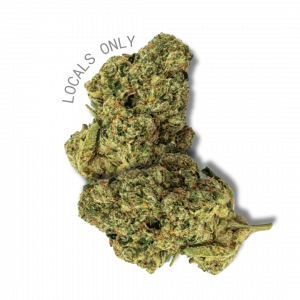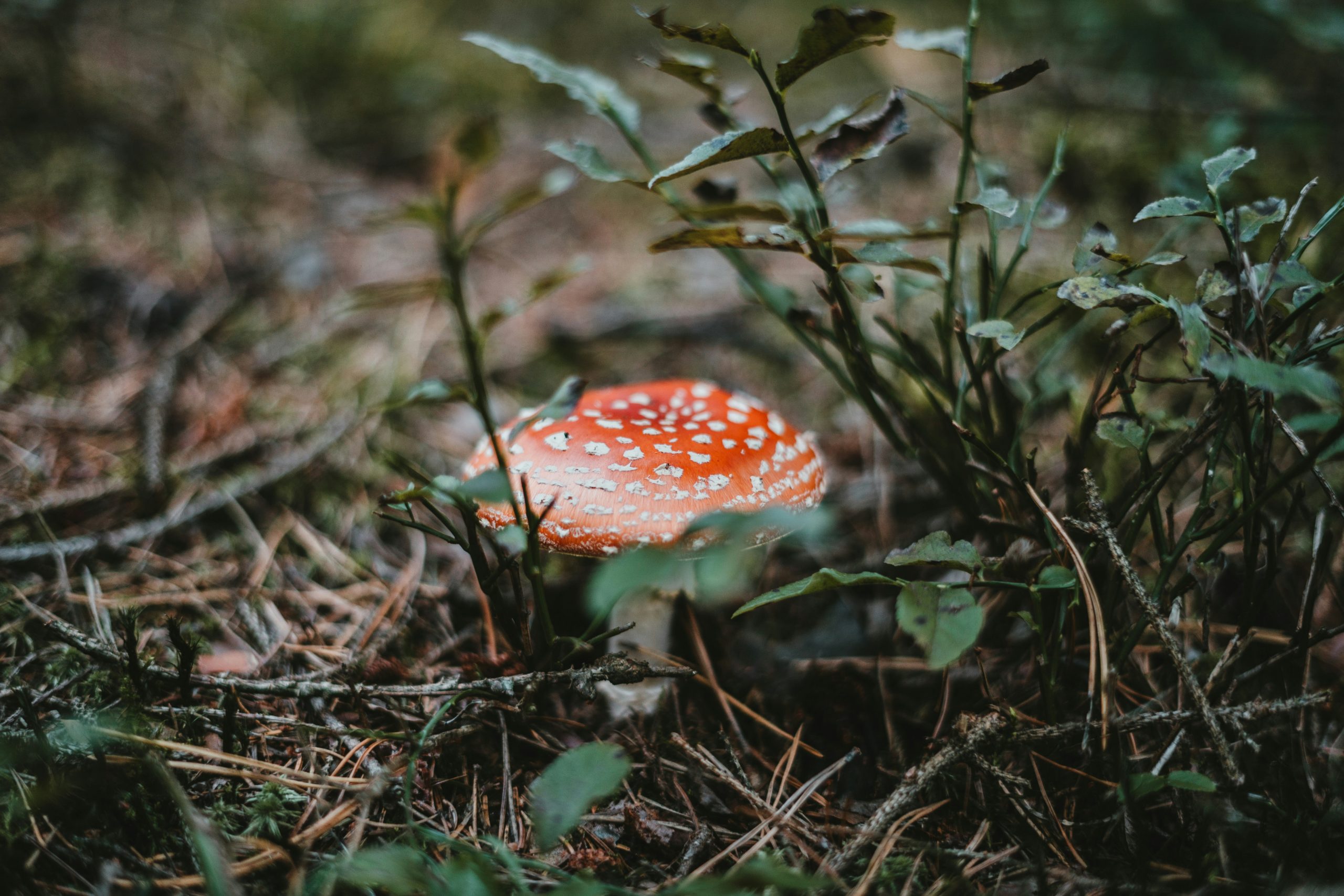

Psychedelic microdosing is the practice of consuming small, sub-perceptual doses of psychedelic substances such as LSD, psilocybin mushrooms, or mescaline on a regular basis. The objective is not to experience intense hallucinogenic effects, but to achieve subtle improvements in mood, creativity, focus, and overall well-being. Microdosing typically follows a schedule, with individuals taking small doses at regular intervals over an extended period.
This practice has gained attention in recent years, with proponents claiming benefits such as enhanced cognitive function, increased productivity, and alleviation of depression and anxiety symptoms. However, microdosing remains controversial and is not widely accepted by the medical community. While there is growing anecdotal evidence and some preliminary research suggesting potential benefits, the effects can vary significantly between individuals.
It is important to note that more comprehensive scientific research is needed to fully understand the impact and potential risks of psychedelic microdosing. Currently, the practice remains largely unregulated and unstudied in controlled clinical settings. As with any substance use, there may be associated risks and legal implications that individuals should consider before engaging in microdosing.
In his book “The Psychedelic Explorer’s Guide,” Dr. Fadiman explores the potential benefits of microdosing and shares anecdotal reports from individuals who have experimented with the practice. His work has played a significant role in sparking interest in microdosing and its potential therapeutic effects.
In recent years, interest in microdosing has surged, thanks in part to the proliferation of social media and online communities where individuals share their experiences and tips for microdosing. The tech industry, particularly in Silicon Valley, has also contributed to the growing popularity of microdosing, with reports of professionals using psychedelics to enhance creativity and problem-solving abilities.
As a result, microdosing has become a topic of interest for researchers, sparking a renewed focus on studying the potential therapeutic effects of psychedelics. This growing interest has the potential to unlock new insights into the benefits and risks of microdosing, and may ultimately lead to a deeper understanding of the human brain and its potential.

Proponents of psychedelic microdosing claim that it can offer a wide range of potential benefits, although these claims are largely based on anecdotal evidence rather than rigorous scientific research. Some of the reported benefits of microdosing include improved mood, enhanced creativity, increased focus and productivity, and reduced symptoms of anxiety and depression. Many individuals also report experiencing a greater sense of connection with themselves and others, as well as a heightened appreciation for the world around them.
While these claims are compelling, it is important to approach them with caution, as the effects of microdosing can vary widely from person to person. Additionally, much of the evidence supporting the benefits of microdosing comes from self-reported experiences rather than controlled studies. As such, more research is needed to fully understand the potential benefits of microdosing and to determine whether these effects are truly attributable to the psychedelic substances themselves or to other factors.
| Metrics | Data |
|---|---|
| Recommended Substance | Psilocybin or LSD |
| Microdose Amount | 10-20 micrograms of LSD or 0.1-0.3 grams of dried mushrooms |
| Frequency | Every 3-4 days |
| Effects | Enhanced mood, focus, and creativity |
| Risks | Unknown long-term effects, potential for increased anxiety or paranoia |
If you are considering trying psychedelic microdosing, it is important to approach the practice with caution and to prioritize safety. Here are some tips for safely incorporating microdosing into your routine: 1. Start with a low dose: When beginning a microdosing regimen, it is important to start with a very low dose to gauge your individual sensitivity to the substance.
This can help you avoid any unexpected or overwhelming effects. 2. Use a reliable source: It is crucial to obtain your psychedelic substances from a trustworthy and reputable source to ensure purity and quality.
Using impure or contaminated substances can pose serious health risks. 3. Keep a journal: Keeping a journal to track your experiences and observations while microdosing can help you monitor any changes in mood, cognition, or overall well-being.
This can also provide valuable data if you decide to share your experiences with others or participate in research studies. 4. Take breaks: It is important to take regular breaks from microdosing to allow your body and mind to reset.
This can help prevent tolerance from developing and reduce the risk of potential negative effects. 5. Seek professional guidance: If you have any underlying medical or mental health conditions, it is important to consult with a healthcare professional before starting a microdosing regimen.
They can provide personalized guidance and monitor your progress to ensure your safety. By following these guidelines and approaching microdosing with mindfulness and responsibility, you can minimize potential risks and maximize the potential benefits of the practice.
While many proponents of psychedelic microdosing tout its potential benefits, it is important to acknowledge that there are also potential risks associated with the practice. Some individuals may experience adverse effects such as increased anxiety, paranoia, or mood instability when using psychedelics, even at sub-perceptual doses. Additionally, there is a lack of long-term research on the safety of microdosing, so the potential long-term effects are not yet fully understood.
Another concern is the legal status of psychedelic substances. In many countries, including the United States, possession and use of psychedelics are illegal, which means that individuals who choose to microdose are taking legal risks. Furthermore, obtaining psychedelic substances from unregulated sources can pose additional legal and safety risks due to the lack of quality control and oversight.
It is also important to consider the potential impact of microdosing on mental health conditions. While some individuals report improvements in symptoms of depression and anxiety with microdosing, others may experience exacerbation of these symptoms or other negative effects. As such, it is crucial for individuals with mental health conditions to approach microdosing with caution and under the guidance of a healthcare professional.

In the United States, psychedelics like LSD and psilocybin are classified as Schedule I controlled substances, implying a high potential for abuse and no accepted medical use. Despite this, there is a growing movement to decriminalize or legalize psychedelics for medical and therapeutic purposes in certain jurisdictions.
In recent years, several US cities, including Denver and Oakland, have decriminalized the possession and use of psilocybin mushrooms for personal use. Moreover, there is increasing interest in researching the therapeutic potential of psychedelics for conditions like depression, PTSD, and addiction, which could lead to changes in their legal status in the future.
It is crucial for individuals considering psychedelic microdosing to be aware of the legal implications in their specific location and make informed decisions about their participation in the practice. Seeking legal guidance and staying informed about changes in legislation related to psychedelics can help individuals navigate the legal considerations associated with microdosing.
The future of psychedelic microdosing is still uncertain, but there are several trends that suggest it may continue to gain traction in the coming years. As interest in mental health and alternative therapies grows, there is increasing attention on researching the potential therapeutic effects of psychedelics, including their use in microdosing regimens. This could lead to more rigorous scientific studies that provide valuable insights into the safety and efficacy of microdosing.
Additionally, as public attitudes toward psychedelics continue to evolve, there may be changes in legislation that could impact the legal status of these substances. If psychedelics are decriminalized or legalized for medical use in more jurisdictions, this could open up new opportunities for research and access to psychedelic-assisted therapies, including microdosing. Furthermore, advancements in technology and data collection may provide new avenues for studying the effects of microdosing on a larger scale.
With the rise of wearable technology and digital health platforms, it may become easier for individuals to track their experiences while microdosing and contribute valuable data to research efforts. Overall, while there are still many unknowns surrounding psychedelic microdosing, it is clear that there is growing interest and momentum behind exploring its potential benefits and risks. As more research is conducted and public awareness increases, we may gain a better understanding of how microdosing could fit into our evolving understanding of mental health and well-being.
If you’re interested in exploring the benefits of microdosing psychedelics, you may also want to check out this article on the best weed strains for sleep and insomnia. Understanding the different effects of various cannabis strains can help you make informed decisions about how to incorporate them into your wellness routine.
Psychedelics are a class of hallucinogenic drugs that can alter a person’s perception, mood, and cognitive processes. Common psychedelics include LSD, psilocybin (magic mushrooms), and DMT.
Microdosing involves taking a small, sub-perceptual dose of a psychedelic substance, typically one-tenth to one-twentieth of a recreational dose. The goal is to experience subtle benefits without the intense hallucinogenic effects.
Some individuals who microdose psychedelics report improved mood, creativity, focus, and productivity. They also claim to experience reduced anxiety and depression, as well as enhanced problem-solving abilities.
While microdosing is generally considered safer than taking larger doses of psychedelics, there are still potential risks and side effects. These may include increased heart rate, anxiety, and potential legal consequences. Long-term effects of microdosing are not yet fully understood.
The legality of microdosing psychedelics varies by country and jurisdiction. In many places, psychedelics are classified as illegal substances, including when used in small doses. It’s important to research and understand the laws in your specific location before considering microdosing.